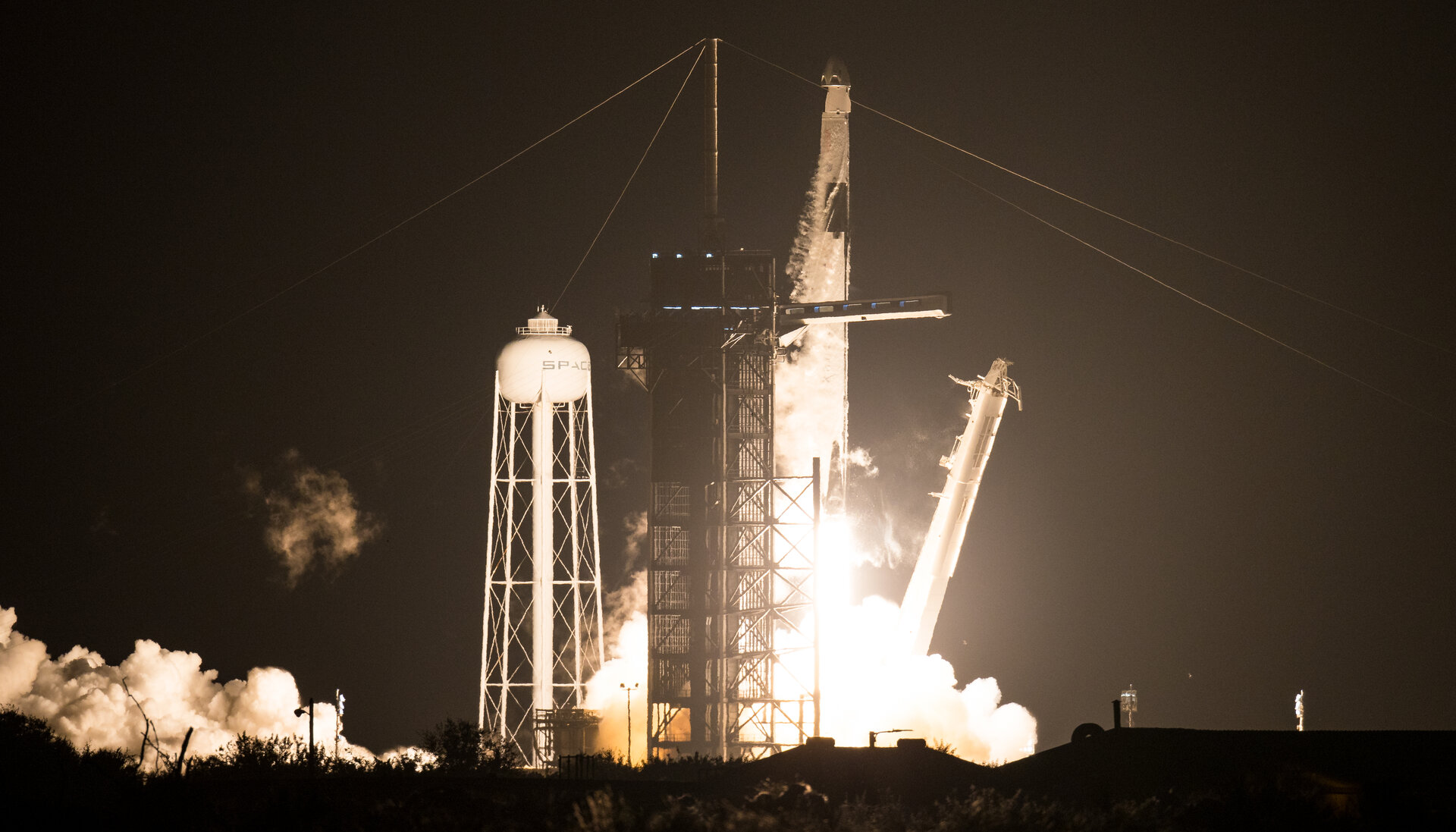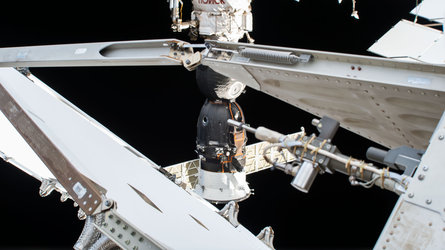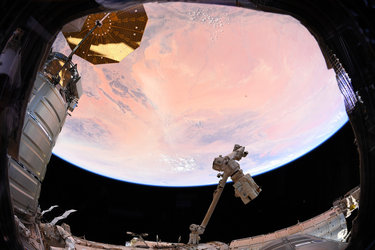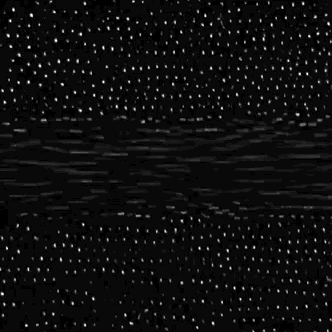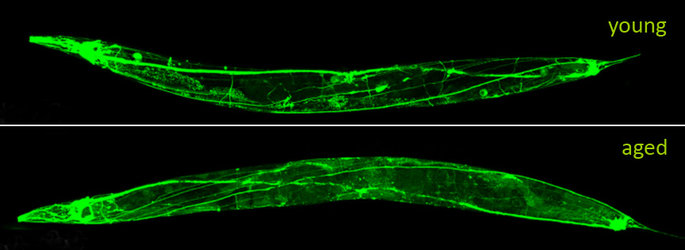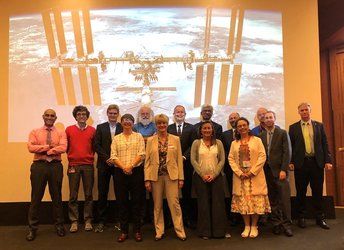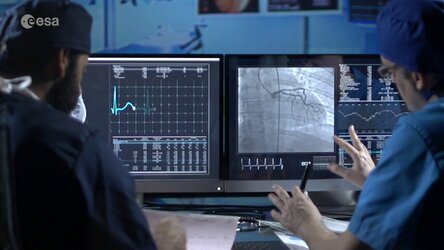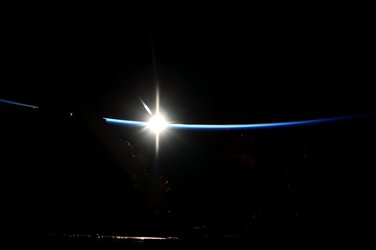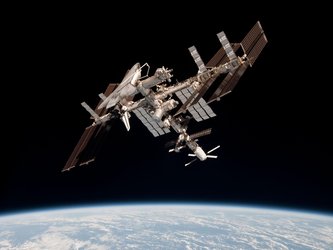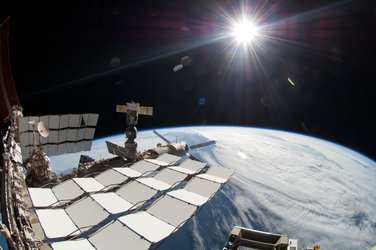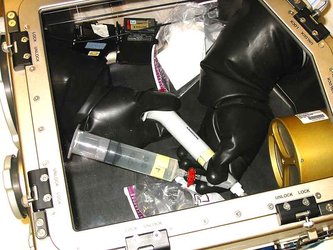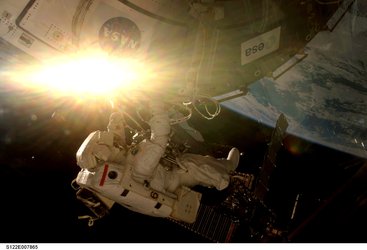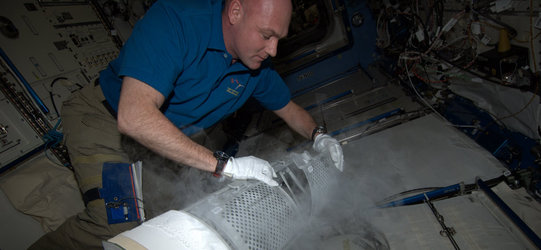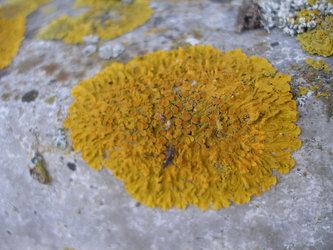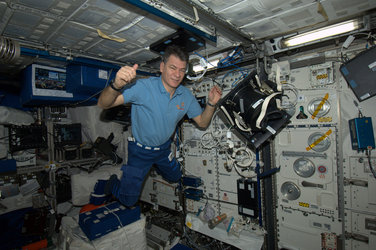New crew and plenty to do: November Space Station science
November 2020 was a milestone month for the International Space Station. As Earth’s orbital laboratory begins its 21st continuous year of hosting humans, we look back on another 30 days of Space Station science and operations.
A major highlight of this busy month was the arrival of four new crew members: NASA astronauts Michael Hopkins, Victor Glover, and Shannon Walker, and Japanese astronaut Soichi Noguchi. Their presence increases the amount of crew time available for scientific research on board.
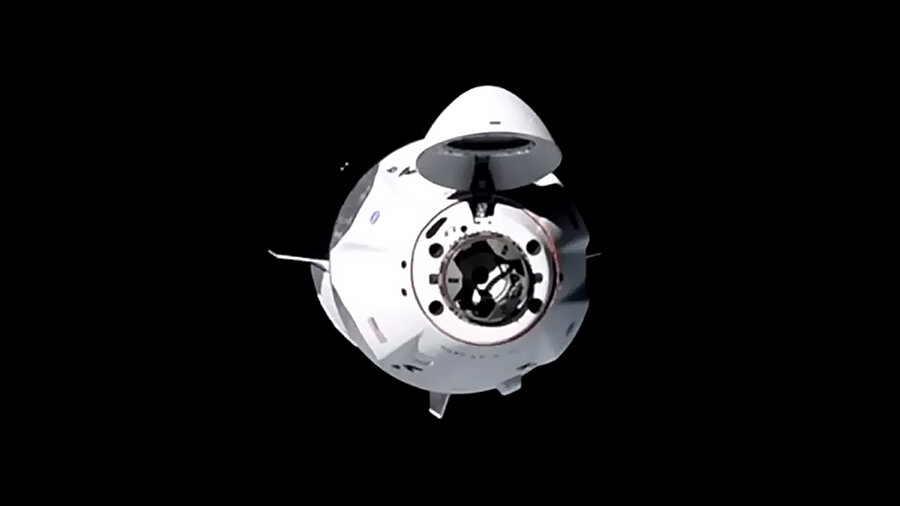
The new arrivals launched into orbit on a SpaceX Crew Dragon spacecraft, docking to the International Space Station on 17 November. They comprise the first full crew to fly under NASA’s commercial crew programme and are known as Crew-1. ESA astronaut Thomas Pesquet will be a member of Crew-2 in 2021.
Grape work and rad dishes
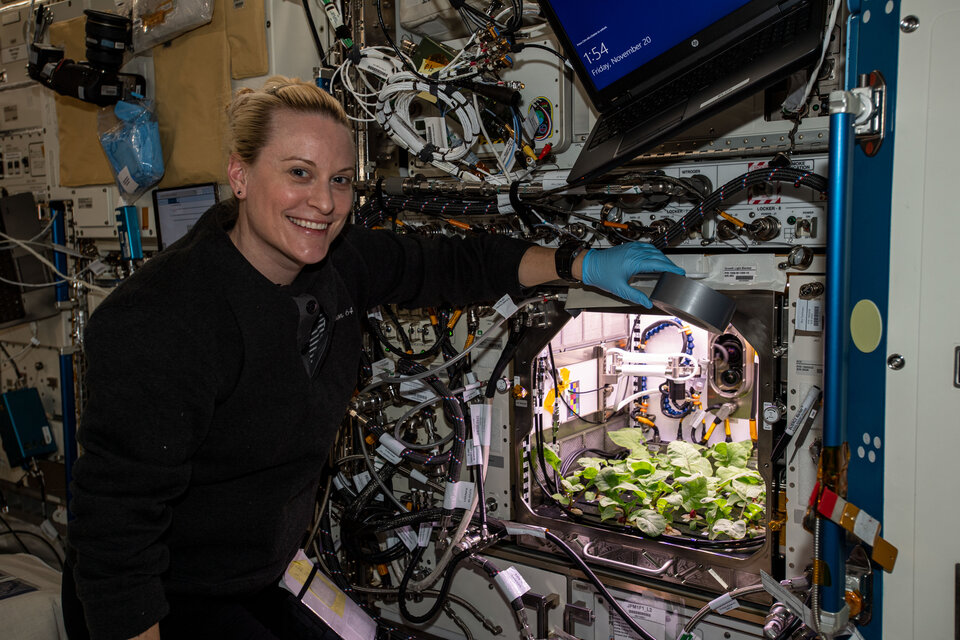
As crew time is precious, a number of experiments on the Space Station have been designed to run unattended or with minimal crew intervention. One of these is European experiment Canes, an experiment from French space agency CNES.
Currently stowed in the European-built Minus Eighty-Degree Laboratory Freezer for ISS (MELFI), the Canes investigation seeks to understand how ligneous (woody) plant prunings, known as canes, are affected by a long storage period in microgravity and whether they can grow into viable plants upon their return to Earth.
Two grapevines are currently being kept cool in MELFI. Storing them in this freezer puts them into hibernation so they do not require nutrients or water. Once back on Earth, scientists will examine them for any physiological or metabolic changes they may have experienced in space. What they find will help determine whether such plants could be grown in space and could also lead to the discovery of new biologically-active products that would be of interest to the food, pharmaceutical and cosmetic industries.
Grapevines were not the only plants in the spotlight, a thriving radish crop is also being cultivated in Europe’s Columbus laboratory. The Advanced Plant Habitat is a self-contained growth chamber requiring very little intervention from astronauts. It is equipped with LED lights, porous clay, over 180 sensors and cameras regulated by researchers at NASA’s Kennedy Space Center in Florida, USA.
Because plants no longer have Earth’s gravity to root them to soil, the seeds are grown in ‘pillows’ that help evenly distribute fertiliser and water to the roots. Samples of the radishes grown in space will be sent back to Earth for analysis.
Fresh faces for old favourites
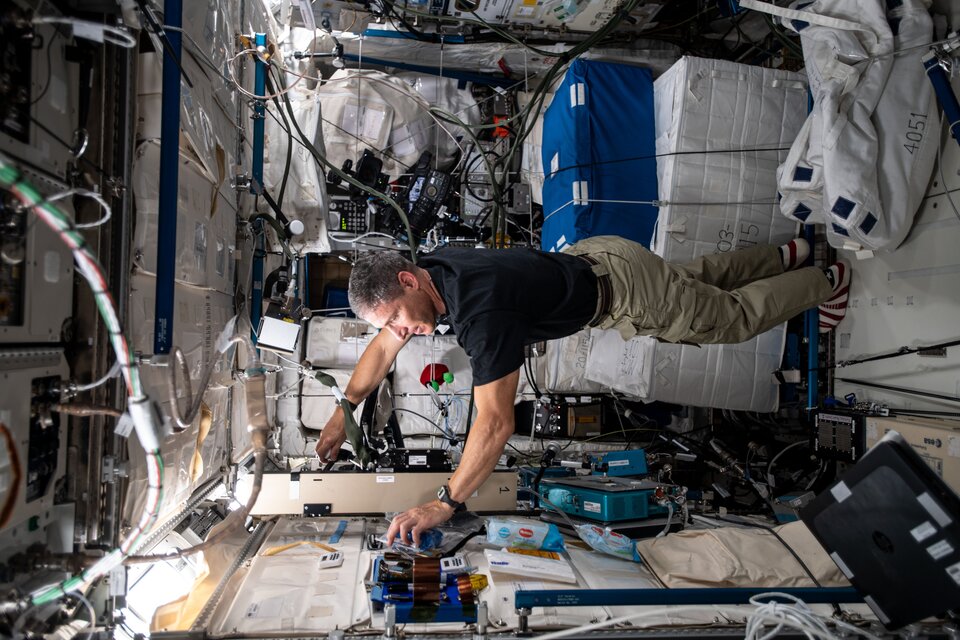
New crew members also meant new opportunities for some familiar European experiments. Michael set up the Grip experiment, studying astronauts’ perception of mass and movement, that he and Victor will perform. The pair will also participate in Grasp, an experiment that seeks to better understand how the central nervous system integrates information from different senses, such as sight, sound and touch, to coordinate hand movements. And, alongside Shannon, they performed their first session of Myotones – an investigation into the impact of microgravity on muscle tone, stiffness and function during spaceflight.
Victor and Soichi also performed their first in-space session of the TIME experiment. This experiment was first run in 2017 and gauges the way astronauts perceive the passing of time in space. Since perceptions of time and space are thought to share the same neural processes, and research on depth perception in weightlessness has shown that astronauts often underestimate distance, scientists speculate that astronauts likely also underestimate time.
Understanding the neurological and psychological triggers that warp our sense of time will aid the development of countermeasures to help calibrate our internal clocks. Bringing these countermeasures down to Earth could also improve the lives of those suffering from isolation or confinement – an issue of particular relevance during the COVID-19 pandemic.
Caught on camera

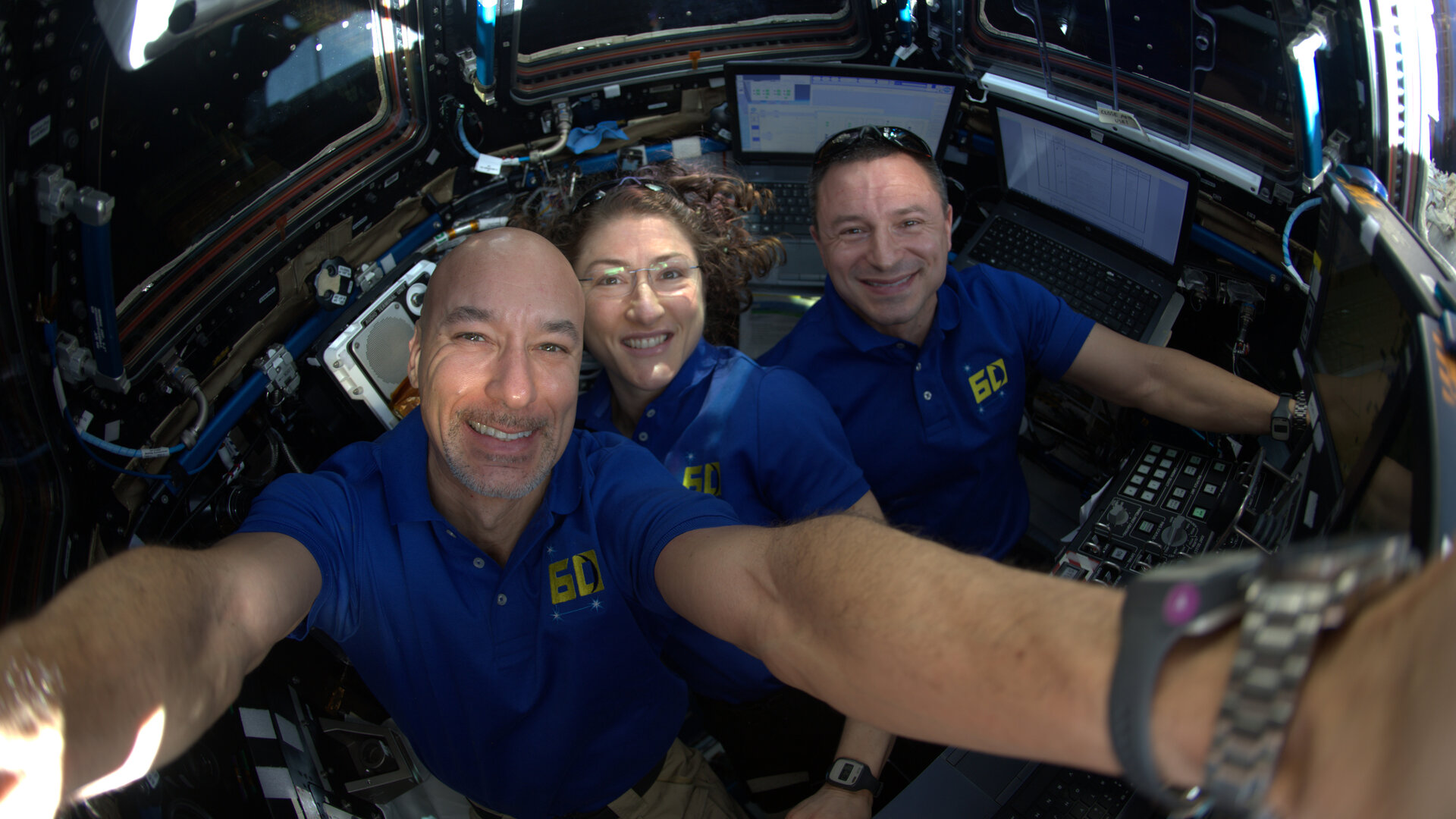
Access the video
Those who watched our Astronaut Coffee Break series may remember ESA astronaut Luca Parmitano talking with fellow ESA astronauts about something called The ISS Experience. This project aims to create a virtual reality (VR) experience, documenting life and science in microgravity so we can experience it in a more immersive way on the ground.
In November, crew members set up the customised 360-degree camera to continue filming inside the Station. An additional camera arrived on the 14th Northrop Grumman Cygnus resupply spacecraft in early October. This will be taken beyond the airlock, to film a spacewalk from start to finish – one of the most exciting activities for any astronaut in space.
Relive the celebrations

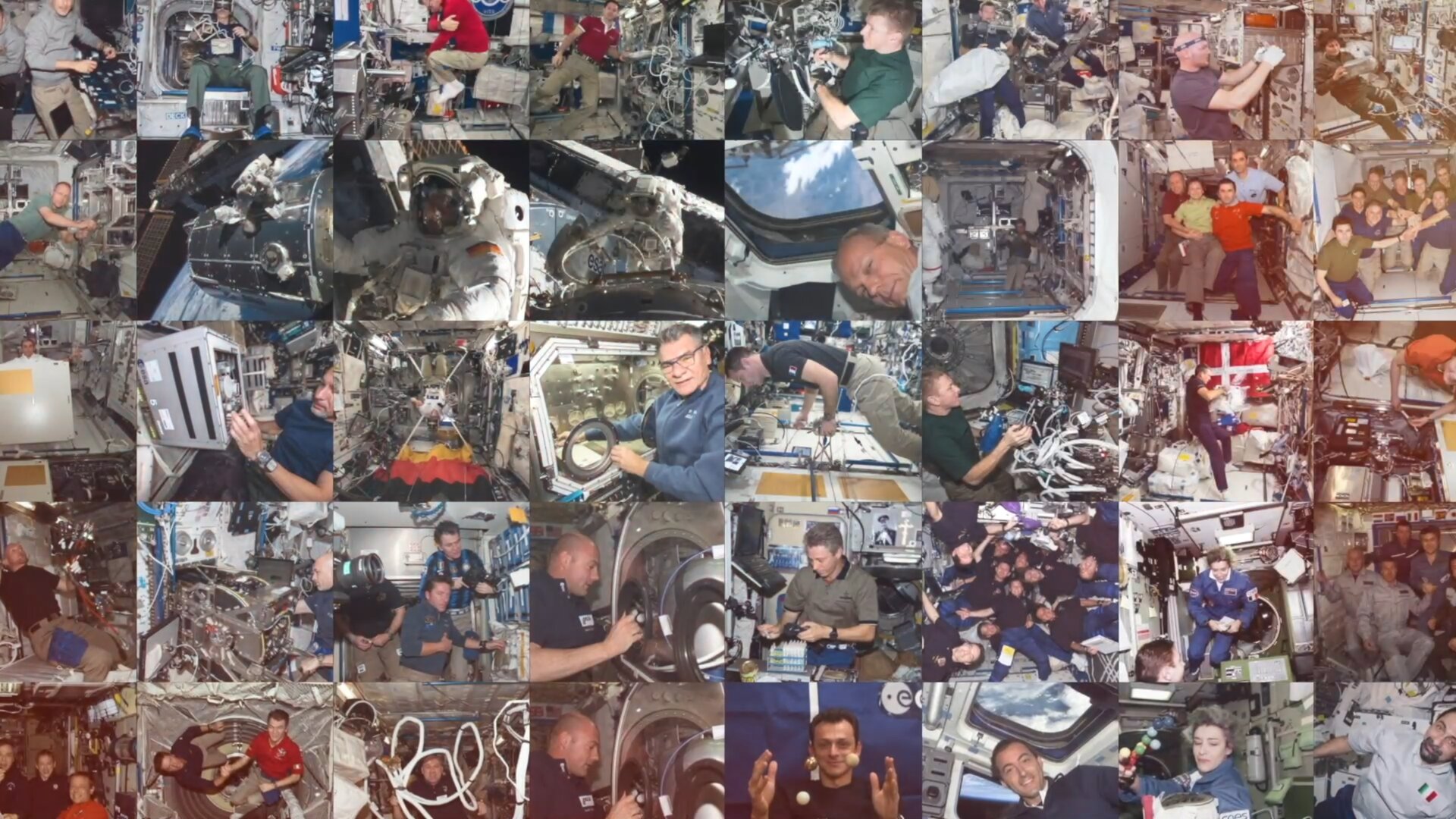
Access the video
With every day on Station heavily planned and scheduled, this is just a short selection of activities happening on board. Follow @esaspaceflight and @ISS_research on Twitter for the latest updates and even more science in space.
For those who missed the #SpaceStation20th celebrations, all video tributes from our astronauts are available to view above. You can also listen to the latest episode of the ESA Explores podcast for more on where we are going next, with ESA Director General Jan Wörner and NASA Administrator Jim Bridenstine.


